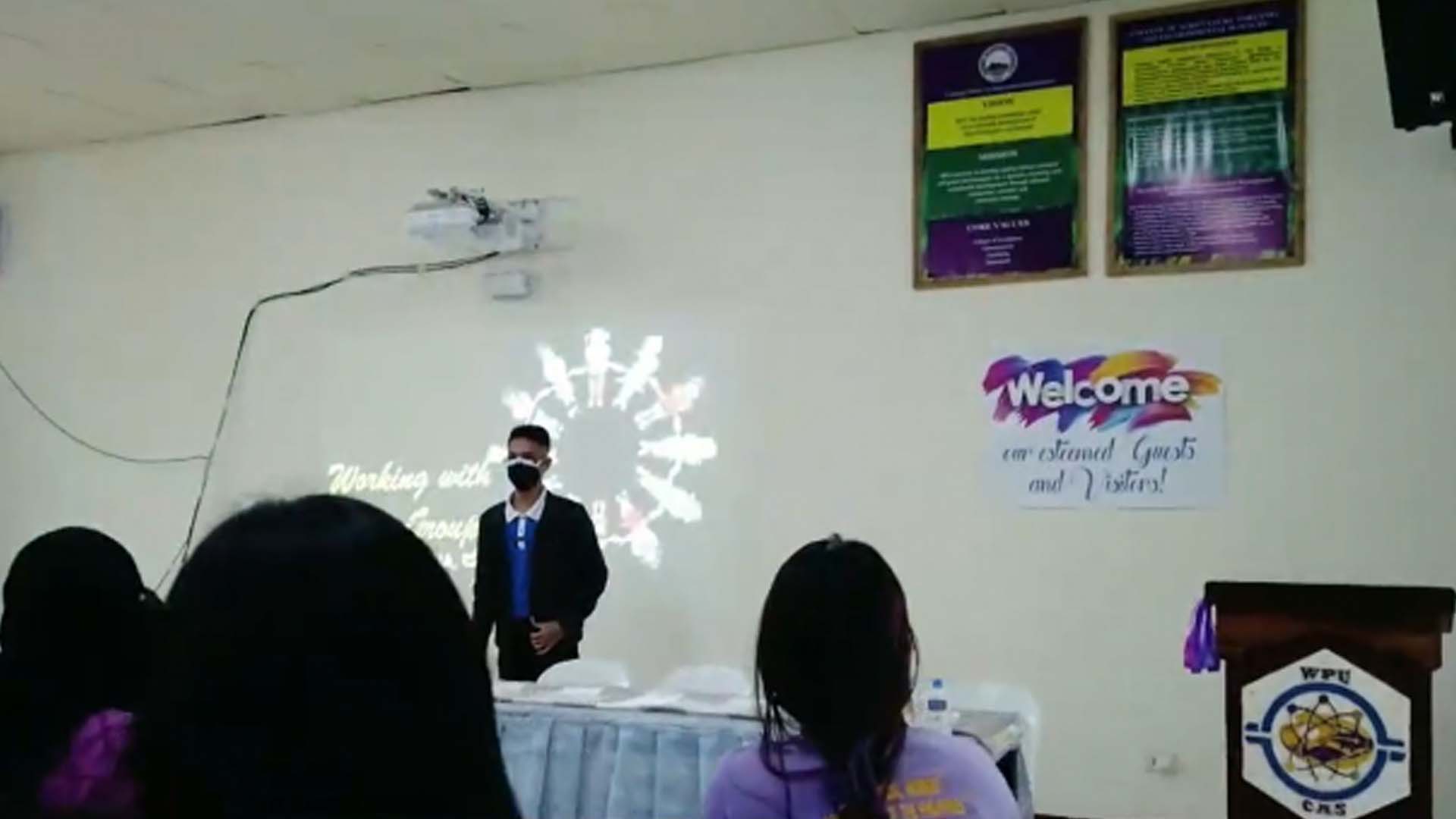Giving 2.46 million students access to free college education during the academic year 2021 to 2022 is one of the “most long-lasting” legacies of President Rodrigo Duterte’s administration, the Commission on Higher Education (CHED) said on Tuesday.
During the second day of the Duterte Legacy Summit, CHED Commissioner Prospero de Vera said the passage of the Free College Education Law has improved access to and the quality of tertiary education in the Philippines.
“The intergenerational dream of getting an education was put into motion under the Duterte administration, with the passage of Republic Act 10931… This landmark legislation that is truly, boldly, and exclusively a Tatak (mark) Duterte, because it started in the Duterte administration,” he said.
During the launch of free higher education, beneficiaries all over the country have amounted to over a million.
“The Tatak Duterte is from zero, meaning all are paying for their tuition, then to 1.19 million students in 2018 who stopped paying tuition and miscellaneous fees,” he said.
Besides this, the administration has also implemented the Tertiary Education Subsidy (TES) and the Tulong Dunong programs, with around 364,168 beneficiaries this year.
Alleviating poverty
Jade Baguna, a graduate of Bachelor of Science in Social Work through the TES program, shared in his Duterte Legacy testimonial how helpful the policy had been to his life and his family.
Baguna recalled hard times walking at least three kilometers just to reach their school in Palawan, and even making the best out of a PHP5 allowance per week during his high school days.
But it was through this program that he was able to finish his degree, secure the eighth spot in the Board Examination, and serve as a Social Work Instructor.
“This is a very huge help, because this is where I’m getting my source to pay for the boarding house, daily allowance, even the needs in which my parents did not need to be continually troubled seeking for source, nor to bear the long-day heat, I thank you very much, because of this program, I was even able to send my parents money for the school needs of my four other siblings,” he said.
Baguna is just one of the millions of students targeted by the Duterte administration’s anti-poverty program.
“Whom we are helping are those who are truly in great need. If you notice the regional distribution of TES beneficiaries, it’s in the regions where poverty is most prevalent,” De Vera said in mixed Filipino and English.
In 2018, the Bangsamoro Autonomous Region in Muslim Mindanao (BARMM), which has the highest poverty incidence, accounted for the highest number of TES beneficiaries, reaching 55.9 percent.
BARMM is followed by the Caraga Region, Zamboanga Peninsula, Eastern Visayas, and Soccsksargen, among others.
Education quality
Part of the United Nations Sustainable Development Goal is ensuring “access to quality education,” hence the huge investment of the administration to achieve excellent programs through developed curriculums and more trained professors.
De Vera noted that the Philippines has increased its participation rate in higher education, as well as exhibited a 300-percent hike in the ranking of “top universities” worldwide.
“It’s no longer surprising that when we started this administration, we only had four or five universities ranked among the best in the world… [But] In the last ranking of Higher Education, there are now 15 Philippine universities ranked among the best in the world. You no longer need to go to Manila to access quality education. Our universities all over the country are now ranked among the best in the world, under this administration,” he said.
To implement developed curricula and teaching methods, the administration has started financing the scholarship of higher education institutions (HEIs) personnel’s graduate studies, through the Staff and Instruction Knowledge Advancement Program or SIKAP.
At least 188 faculty scholars are also sent to the best graduate schools abroad for training programs while sustaining international linkages to 1,515 world-ranking universities.
“We also provided, under this administration, the biggest budget so that our faculty members can get their masters and PHDs, our annual appropriation under the SIKAP is now PHP2.159 billion so faculty members can finish their graduate education,” De Vera said.
All these efforts remained resilient when the Covid-19 pandemic hit the country, with institutions immediately adapting to flexible learning methods.
The CHED, in partnership with the Department of Health (DOH) and the rest of the Inter-Agency Task Force, has worked to resolve the long-halted in-person classes.
“Because of DOH, in relentless efforts, it’s very hard to come up with the guidelines, but the test of the guidelines is that until today, in all face-to-face classes, the infection rate is less than 1 percent, nationwide,” De Vera said.
To date, more than 89 percent of the HEI personnel were vaccinated against Covid-19, with over 3 million students nationwide also jabbed. (PNA)






















